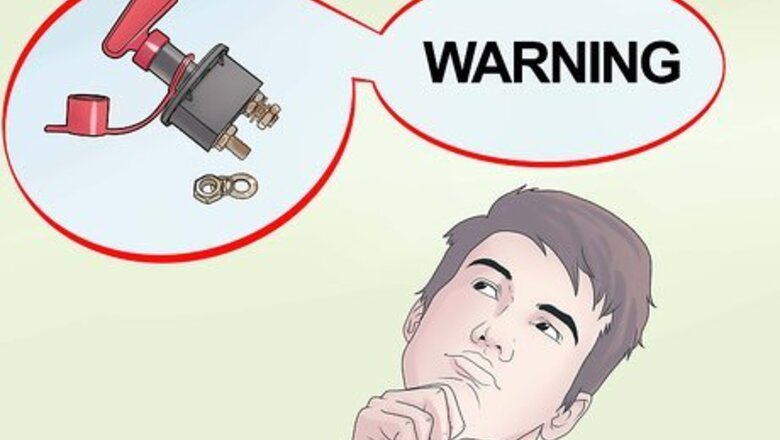
views
- Attach the battery cutoff switch to the negative terminal. Then, reattach the positive lead to the positive battery terminal, and tighten both securely.
- Following the instructions with your switch, reattach the negative lead to the switch, and ensure that it’s screwed on tight.
- Turn off your cutoff switch before starting your vehicle. Starting your vehicle with the cutoff switch engaged will blow a fuse.
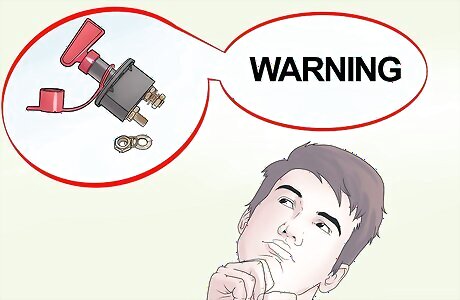
Installing your own cutoff switch is relatively easy, but please heed the cautions outlined below. If you are skittish about playing with electricity, or not sure how to continue, consult a professional. They’ll be glad to help, and you’ll get a first-rate, firsthand education from a professional.
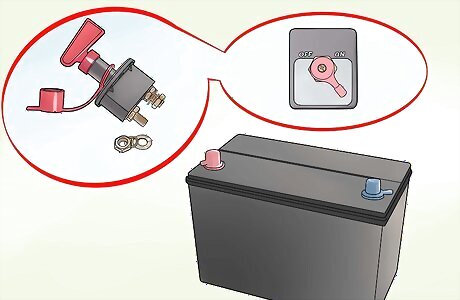
A cutoff switch is installed on or near the battery, and is used primarily to prevent battery charge depletion and for long-term storage. A fused switch will maintain current to your alarm, on-board computer, central locking system, and stereo, but still prevent your car from starting - the current generated when attempting to start the vehicle will blow the fuse and shut down all electrical connections.

Buy a new switch. The easiest type of switch you can use is a simple terminal disconnect switch. Be sure your new switch is rated to handle the load of your vehicle’s battery. This is very important! Choosing a switch that is used, worn, or underrated can result in serious electrical problems or even fire.

Disconnect the negative terminal (usually black, marked with a “—” sign). Do this first to avoid the possibility of electrical short circuiting or shock, neither of which are good for your vehicle or your body!

Disconnect the positive battery terminal (usually red, and marked with a “+” sign).
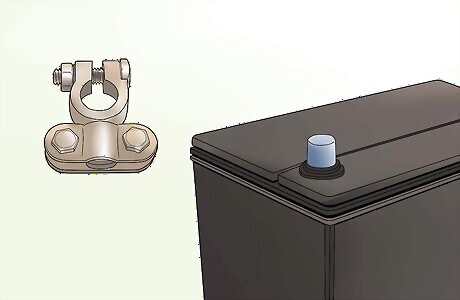
Carefully remove the battery clamp from the negative lead and save it should you want to remove your cutoff switch later.

Clean your terminals and check the fluid levels in your battery.
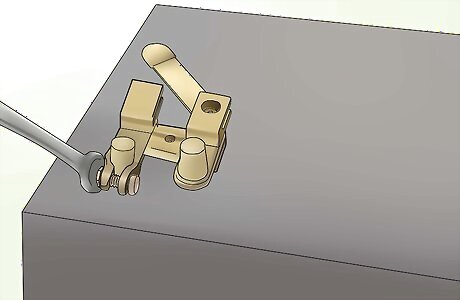
Attach the battery cutoff switch to the negative terminal, and tighten securely.
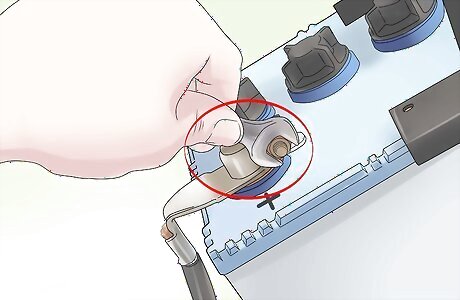
Reattach the positive lead to the positive battery terminal, and tighten securely.
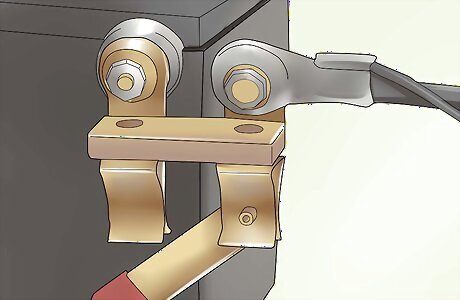
Following the instructions that come with your switch, reattach the negative lead to the switch, and tighten securely.

Make sure the cutoff switch is turned off. Test the system by starting your vehicle.
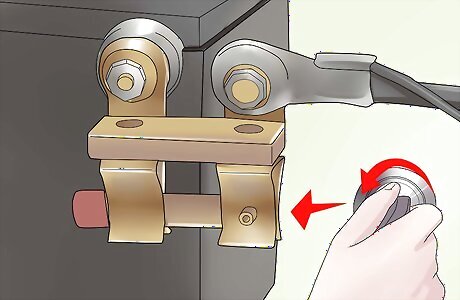
If all is works as expected, turn off the vehicle and engage the cutoff switch. Make sure you still have power to all systems.
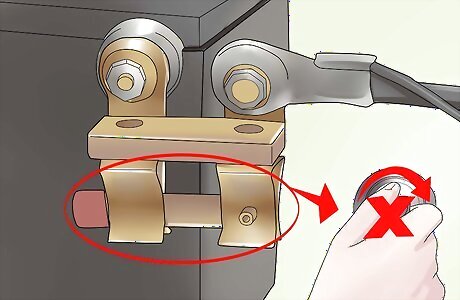
Do not attempt to start your vehicle with the cutoff switch engaged, or you will blow the fuse.











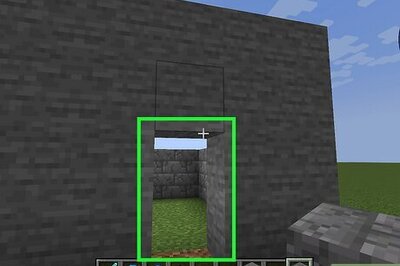






Comments
0 comment